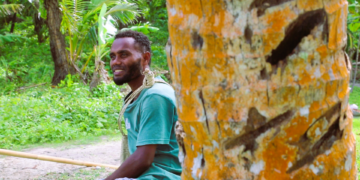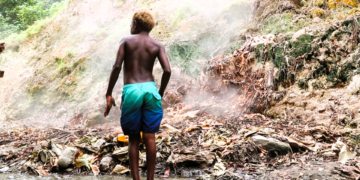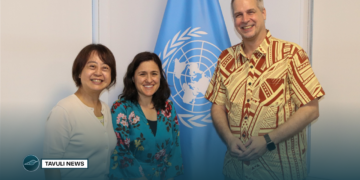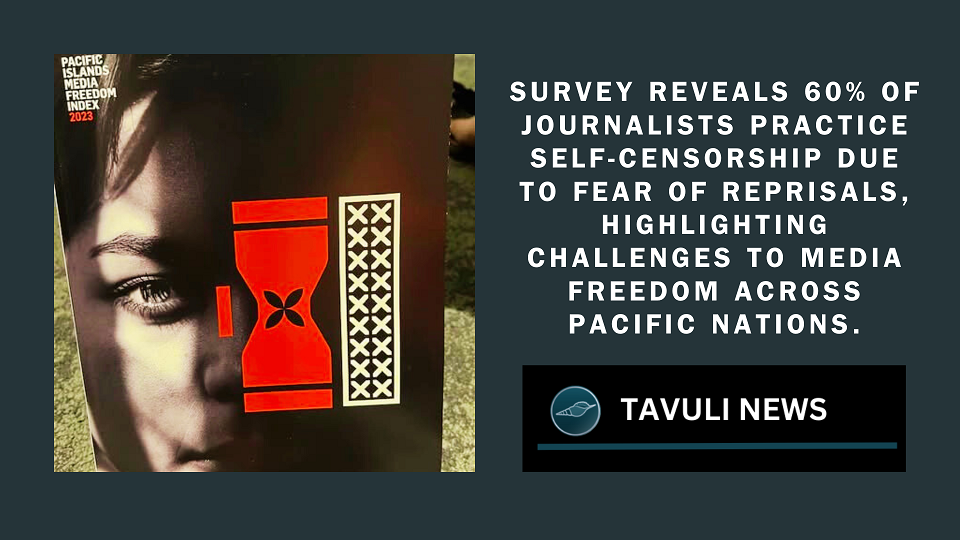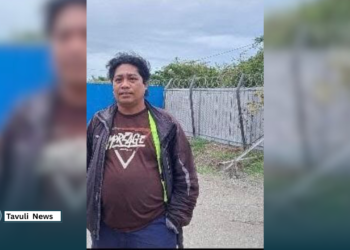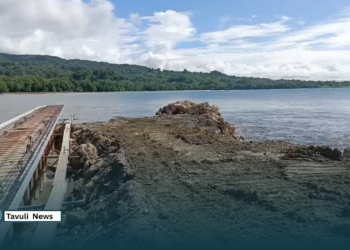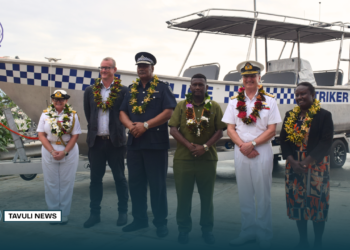Inaugural Pacific Islands Media Freedom Index reveals 60% of journalists practice self-censorship due to fear of reprisals, highlighting challenges to media freedom across Pacific nations.
Economic and financial constraints, along with social, cultural, and political pressures, present significant challenges to media freedom in the Solomon Islands and the broader Pacific region. This was highlighted in the inaugural Pacific Islands Media Freedom Index (PIMFI) report, titled For Us, By Us, About Us.
The PIMFI, published by the Pacific Freedom Forum (PFF), a coalition of Pacific journalists advocating for media freedom across island states, revealed that 60 percent of journalists in the Pacific regularly practice self-censorship due to fear of reprisals from communities, families, and, in some cases, governments.
This index is the first of its kind globally, ranking media freedom in 14 Pacific Island nations based on the lived experiences of newsrooms in each country. The report was released during the Pacific Media Summit in Niue, where Pacific journalists and publishers gathered.
The index draws on survey responses from 73 editors, journalists, and media professionals, many with decades of experience reporting in the Pacific. These insights were used to evaluate media freedom in each country across five categories, ranging from significant challenges to a robust and enabling environment for media freedom.
Palau, Niue, and the Cook Islands ranked highest for media freedom, while Nauru, Papua New Guinea, and Tuvalu were at the lower end of the scale.
Robert Iroga, the editor of Solomons Business Magazine and current chair of PFF, emphasized the importance of the report as a first step in addressing the challenges faced by Pacific journalists. “The Pacific Islands Media Freedom Index (PIMFI) is a significant achievement for all Pacific journalists. The support from 73 individuals who shared their professional realities with us has made this possible,” Iroga stated.

The PIMFI was compiled through a survey conducted earlier this year, asking Pacific newsrooms about their experiences regarding 12 key issues affecting media freedom, including legal frameworks, political context, economic pressures, journalist safety, and social and cultural environments.
Economic pressures were identified as the most significant threat to media freedom in the Solomon Islands and across the Pacific. These pressures stem from challenges such as advertising revenues, capital costs, subsidies, administrative expenses, and the risk of corruption or bribery. Social and cultural pressures, including gender dynamics, public trust, media credibility, diversity, nepotism, and cultural sensitivities, ranked as the second-largest challenge.
Political and legal pressures, including state policies, public media editorial independence, licensing policies, and elections, were also significant concerns, with legal frameworks ranked closely behind.
For Us, By Us, About Us was launched by PFF’s rotating co-chairs: Robert Iroga (representing Melanesia), Leilani Reklai (Micronesia), and Katalina Tohi (Polynesia). Iroga, who also serves as the Vice President of the Pacific Islands News Association (PINA), acknowledged the opportunity provided by the Pacific Media Summit in Niue for launching the PIMFI report. He noted that Pacific Islands have long been overlooked in global media freedom assessments.
“PFF and PINA are the only two Pacific-led networks connected to the global freedom of expression community, and we will continue to work on media freedom, with our next report expected in 2025,” Iroga said.
He also emphasized that the 2023 PIMFI is a pilot project and that PFF is eager to collaborate with media colleagues across the Pacific to refine the index for next year’s survey. “This journey must be led by us and for us, because it is about us,” Iroga concluded.
Pacific Media Freedom
































![Chovohio [left] and Charivunga [right] confluence, to create a dam for sediment control](https://www.tavulinews.com.sb/wp-content/uploads/2025/04/Add-a-heading-43-360x180.png)






















